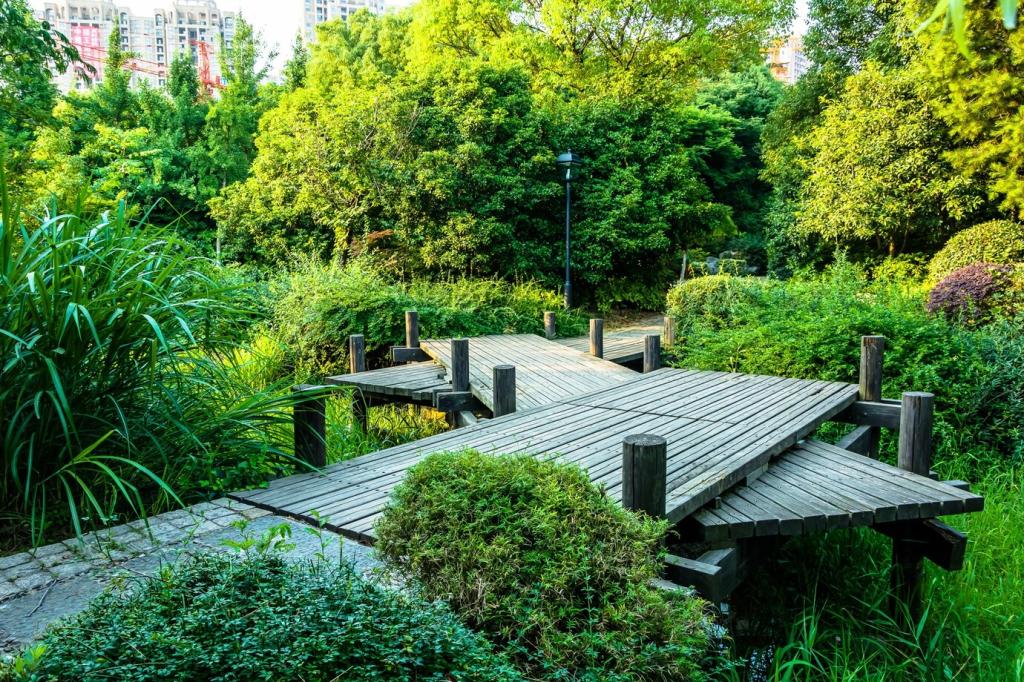
Chosen Theme: Composting and Mulching Techniques for Sustainable Gardens
Today’s spotlight is on Composting and Mulching Techniques for Sustainable Gardens—a hands-in-the-soil guide to turning kitchen scraps and plant debris into thriving, resilient beds. Explore practical steps, real stories, and science-backed tips, and join the conversation by sharing your compost wins and mulching experiments.
Why Composting and Mulching Are the Heart of Sustainable Gardening
Soil As a Living Community
Compost introduces microbes and fungi that transform inert dirt into living soil. Mulch protects that life from sun scorch and pounding rain, letting worms, bacteria, and mycorrhizae knit together a sponge-like soil structure.
Closing the Loop at Home
Turning kitchen scraps and yard waste into compost keeps nutrients on-site. Pairing that compost with a protective mulch layer reduces fertilizer needs, saves water, and keeps your garden’s nutrient cycle delightfully circular and low-waste.
A Quick Story From a Small City Plot
One spring, a neighbor layered shredded leaves over a thin compost dressing. By midsummer, formerly compacted beds held moisture through heatwaves, and tomatoes tasted sweeter—an honest reward for patience and a wheelbarrow’s worth of leaves.
Finding the Right Ratio
A simple rule: alternate layers of greens like kitchen scraps, coffee grounds, and fresh clippings with browns like dried leaves, straw, and cardboard. The target carbon-to-nitrogen balance keeps microbes fueled without creating soggy or sluggish conditions.
Moisture, Air, and Heat
Your pile should feel like a wrung-out sponge. Too wet invites odor; too dry stalls decomposition. Fluff the pile with a fork for airflow, watch temperatures climb, and listen—steaming mornings mean microbes are feasting happily.
Turning with Purpose
Turn when the core cools or settles, not by the calendar. Each turn blends ingredients, reintroduces oxygen, and evens moisture. Invite readers to share how often they turn and what temperatures or smells signal action in their climate.
Composting Systems for Every Space and Lifestyle
Stationary bins and open piles suit gardeners with yard waste. With adequate volume and balance, hot piles reach thermophilic temperatures that speed decomposition and help neutralize many weed seeds and pathogens when managed attentively.
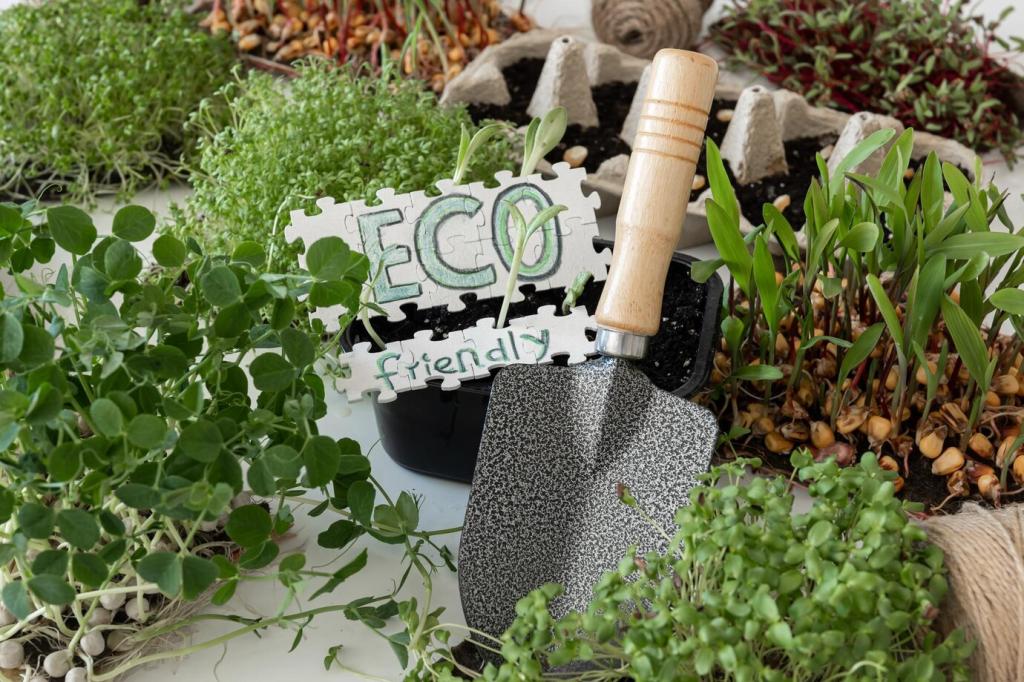
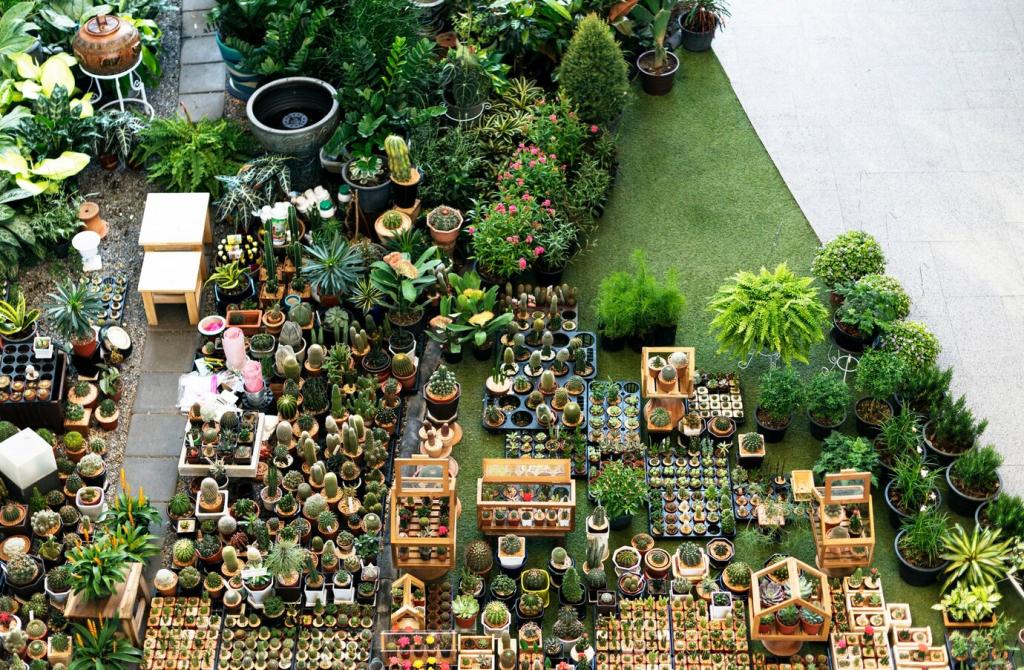
Composting Systems for Every Space and Lifestyle
Compost tumblers ease turning and keep critters out. They excel with chopped materials and consistent moisture. Share your tumbler routines—how you balance batches, keep heat, and decide when to let a batch cure for finishing touches.
Seasonal Rhythm: Compost and Mulch Through the Year
Rake back winter mulch to let soil warm and dry. Top-dress with finished compost, then remulch lightly. This primes beds for seedlings while feeding microbes hungry after winter’s pause and minimizes early-season evaporation.
A rotten odor signals excess moisture or compaction. Add browns, fork in air, and check drainage. Vinegar-like notes may hint at anaerobic pockets; restore balance by loosening structure and keeping a breathable cover on top.
Troubleshooting and Myths: Keeping It Simple and Effective
Thick, soggy layers can harbor slugs. Use coarser mulch near slug-prone beds, maintain airflow, and mulch after the day’s heat. Share which barriers or mulch types proved friendliest to seedlings in your climate and microhabitat.
Troubleshooting and Myths: Keeping It Simple and Effective
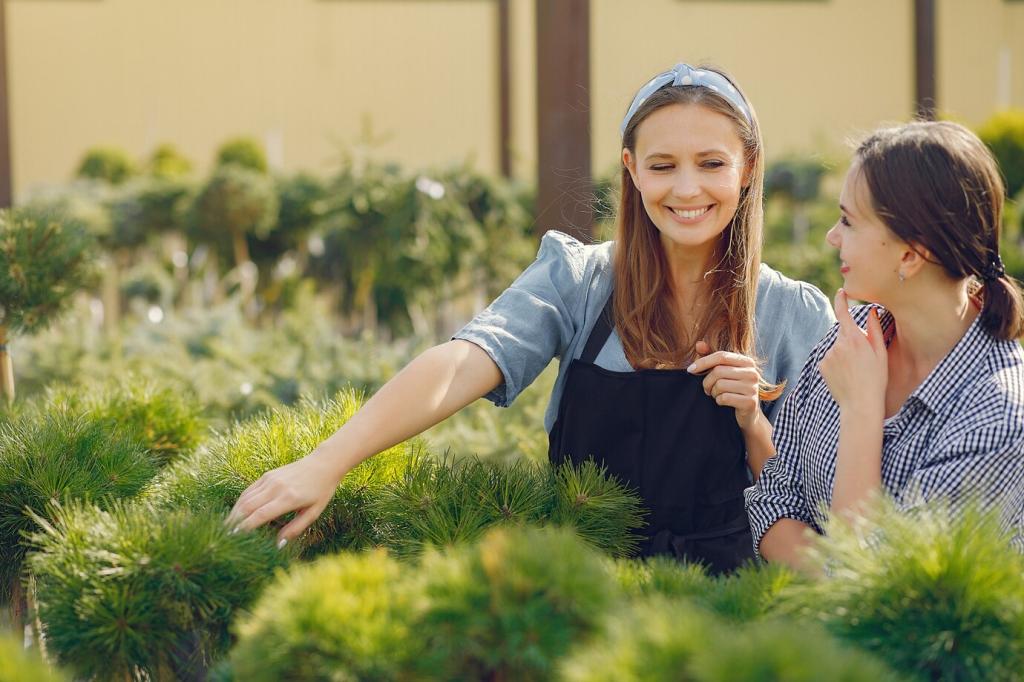
Simple Soil Checks
Do a jar test to observe texture, dig small pits to watch root depth, and note how quickly water infiltrates. Earthworm counts are cheerful indicators that compost and mulch are working beautifully beneath your boots.
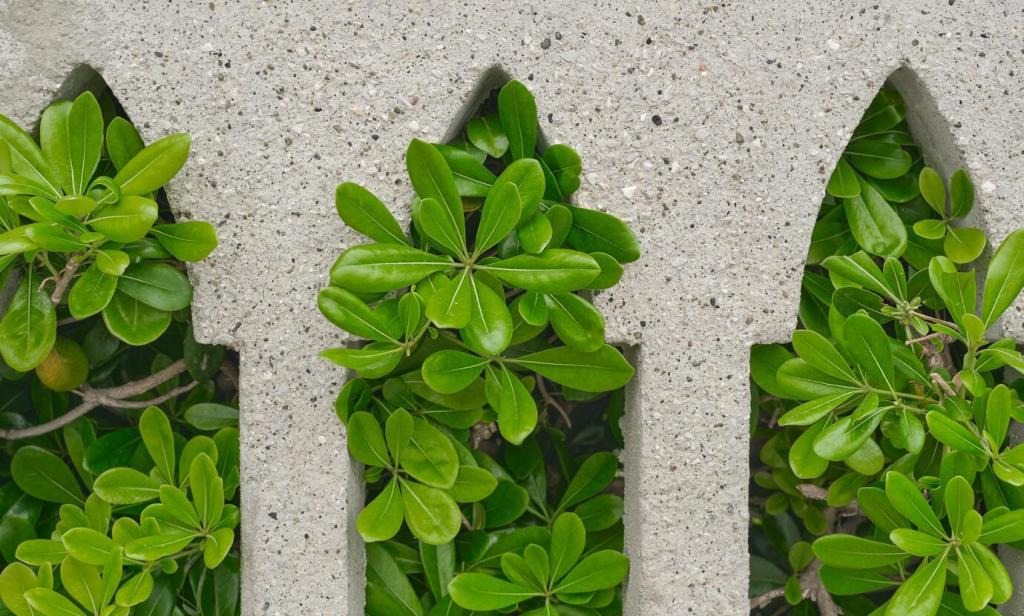
Water Wisdom
Mulch can cut watering needs dramatically, especially during heat spikes. Keep a log of irrigation intervals before and after mulching. Share your data so we can compare savings across different climates and soil types together.
